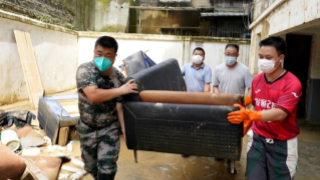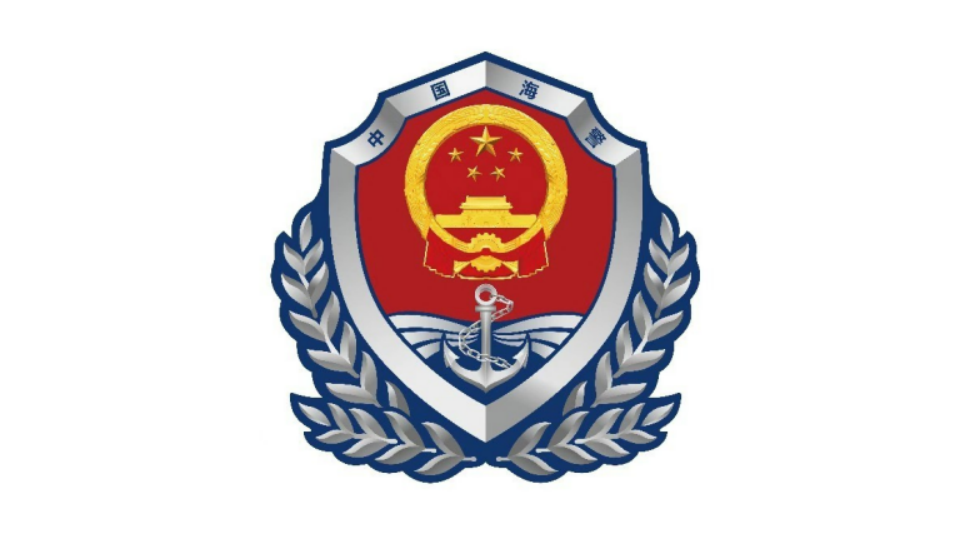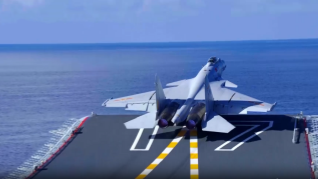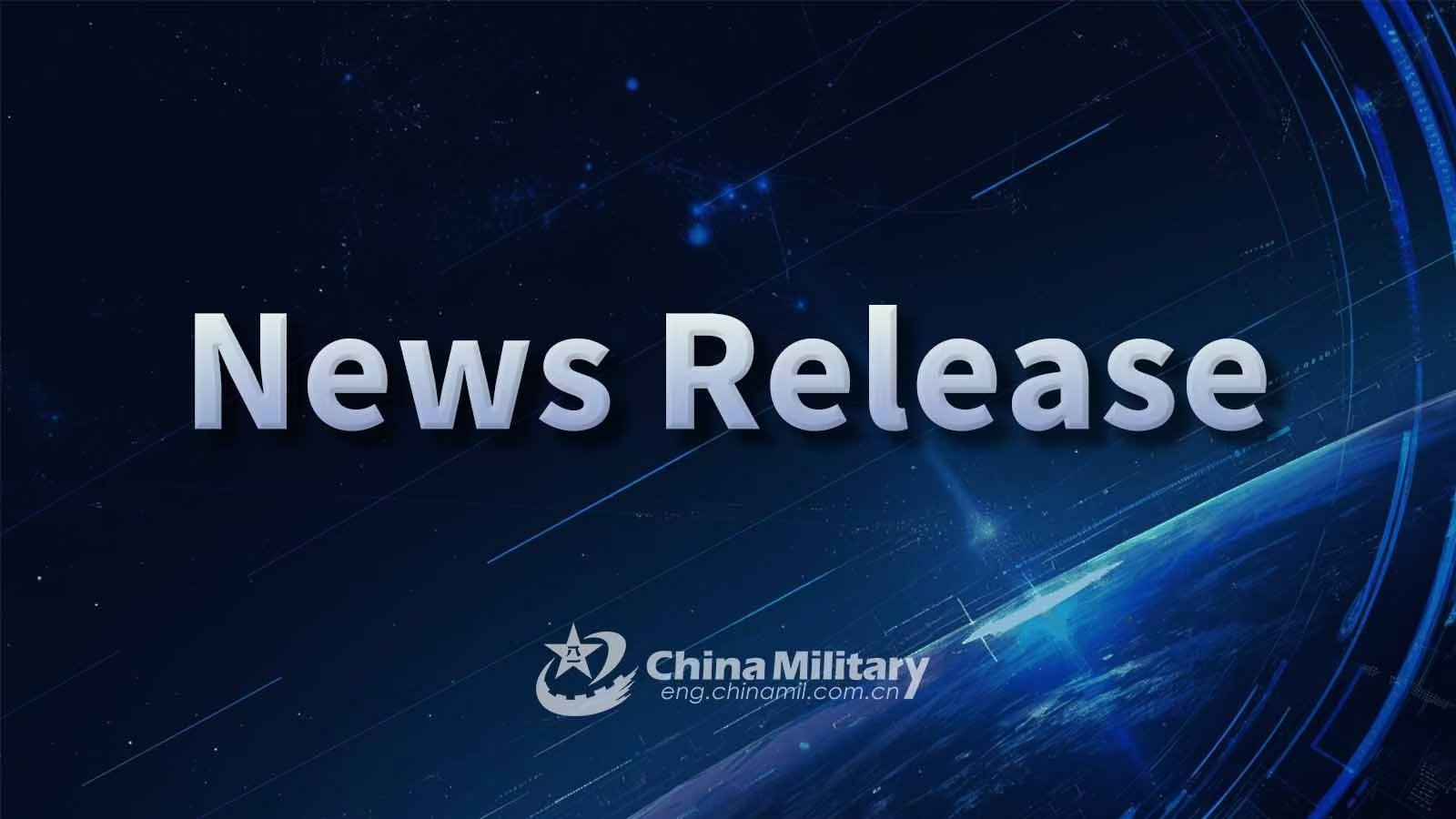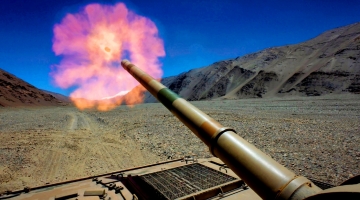By Ling Yunzhi
凌云志
According to foreign media reports, in tandem with the consistent provocations in the South China Sea, the Philippine military announced to map out the new Armed Forces of the Philippines (AFP) modernization program Horizon 3 to strengthen territorial and coastal defenses, which is expected to require a budget of 500 billion pesos (about USD8.9 billion) over the next six years.
据外媒报道,菲律宾在南海不断挑衅之际,其军方宣布将拟定新的“地平线3”武装力量现代化计划 ,以加强领土和海岸防御,该计划预计需要在未来六年内获得5000亿比索(约合89亿美元)的预算。
The overall combat capability of the Philippine Navy is insufficient to achieve its desired military objectives. Because most of its main warships were second-hand products retired from Cold War or even WWII eras, facing the gloomy future of decommissioning. As the response, the Philippines has vigorously promoted the military modernization plan in recent years, having introduced a variety of new weapons and equipment from the US, the ROK, Australia, Japan and other countries. To further elevate its overall military strength, the Philippines has developed a 15-year Horizon plan, which is planned to be implemented through 3 phases, that is, Horizon 1 (2013-2017), Horizon 2 (2018-2022) and Horizon 3 (2023-2028). Although the finalized content of Horizon 3 has not yet been disclosed by the Philippine military, it has been known from the statements of their senior officials and public media information that the relevant projects cover multi-purpose fighter jets, radars, frigates, missile systems, helicopters and other advanced weapons and equipment.
菲律宾海军的总体作战能力并不强,其主力舰艇大都是冷战甚至二战时期的产品,面临着逐步退役淘汰的问题,难以有效实现其想要达到的军事目标。为此,近年来菲律宾积极推动武装部队现代化计划,先后从美国、韩国、澳大利亚、日本等国家引进了多种新型武器装备。为进一步提升整体军事力量,菲律宾制定了为期15年的“地平线”计划。该计划分为三个阶段, “地平线1”阶段于2013年至2017年实施,“地平线2”阶段于2018年至2022年实施,“地平线3”阶段于2023年至2028年实施。虽然菲律宾军方目前尚未公布“地平线3”的最终内容,但根据其高官表态及公开媒体信息,其项目包括多用途战斗机、雷达、护卫舰、导弹系统、直升机等先进武器装备。
Amid the increasingly fierce competition among major powers in recent years, the US has sought to expand and consolidate its alliance and partnership in the Asia-Pacific. The Philippines has always regarded its alliance with the US as an important guarantee for maintaining security, thus its current actions to strengthen the military modernization can be regarded as not only to safeguard its so-called security interests but also to cater to the interests and desires of some external forces under the strong influence and instigation by the US and other countries.
近年来,大国之间的竞争越来越激烈,美国开始寻求扩大和巩固其在亚太地区的盟友和伙伴关系。菲律宾一直将美菲联盟视为其维护安全的重要保障,目前加强部队现代化的行动,可以说不仅仅是为了维护其所谓的安全利益,更是受到美国等国家的强烈影响和推动,在某种意义上也是为了迎合其外部势力的利益和意图。
However, despite the Philippines' ambitious resolution in the modernization of its armed forces and the seemingly substantial weight overall, the Horizon plan is unpromising and hard to be realized as expected due to various constraints.
然而,菲律宾虽然在进行武装力量现代化方面雄心勃勃,提出的“地平线”计划整体上听起来也很有分量,但是受到各种因素制约,其未来前景却并不光明,难以预期是否能如期实现既定目标。
First, with limited economic capacity, the Philippines can only spare a severely inadequate defense budget, most of which is used to maintain its troops. Therefore, the expensive Horizon plan will bring huge financial pressure for the country. Not long ago, Philippine Secretary of National Defense Gilbert Teodoro told members of the Congress that the Horizon 1 has been only 10% completed and the Horizon 2 about 53% to date, and funding the future Horizon 3 plan as scheduled is still a major headache for the Philippine government.
首先,菲律宾经济实力有限,国防预算严重不足,其很大一部分经费将用于维护部队规模,耗资巨大的“地平线”计划将会给菲律宾带来巨大财政压力。不久前,菲国防部长特奥多罗告诉国会议员,截至目前,“地平线1”计划目前才完成10%,“地平线2”计划才完成约53%,未来“地平线3”计划能否如期获得资金,对于菲律宾政府来说是一个非常头疼的棘手问题。
Second, the Philippine defense industrial base is severely lagging behind, and there is a need for enhancement in its overall competence of military personnel, especially to fill the blank of experience in the adoption of high-tech weapons. For example, the Philippines has reached a deal with India for the purchase of BrahMos supersonic cruise missiles worth about USD375 million. However, as the Philippines is short of relevant modern long-range reconnaissance, communication, command and control subsystems, it is difficult to unleash the strike capability of these missiles only by relying on the radar detection systems come with the missiles. Furthermore, the Philippine military has not been equipped with similar complex weapons, so there are also significant doubts on whether it can master the operation and daily maintenance of such high-tech equipment as BrahMos.
其次,菲律宾国防工业基础十分落后,军队人员整体素质也有待提升,特别是缺乏使用高技术武器的经验。例如,目前菲律宾与印度达成了一项价值约3.75亿美元的购买“布拉莫斯”超音速反舰导弹的军事贸易协议。但由于菲律宾缺乏能够与“布拉莫斯”相配套的现代化远程侦察、通信、指挥控制等子系统,仅依靠配套的雷达探测系统,将难以发挥“布拉莫斯”导弹的打击能力。此外,菲律宾军队此前还没有装备过如此复杂的类似武器,能否掌握使用及日常维护好“布拉莫斯”这样的高技术装备,也存有很大的疑问。
Finally, owing to the wavering attitude of the US, the Philippines will find it hard to acquire substantial relief from the US. The current aggressive policy around the South China Sea adopted by the Philippine government fundamentally results from that the country reckons on winning more advantages and initiative by leveraging the US and other external forces intervening in the issue. However, the US's real intention of selling arms and providing military assistance to the Philippines is not to help the latter enhance self-defense capabilities but to strengthen its own presence and influence in the region for strategic interests and achieve the objective of utilizing the country as a pawn to contain China in the South China Sea. Moreover, the US is currently entwined in the Russia-Ukraine conflict and Palestinian-Israeli conflict, and the emergency budget of USD100 billion requested by the Biden administration for aid to Ukraine and Israel has not been approved until now, so the Philippines thousands of miles faraway is obviously not the first destination where the US' substantive assistance goes to. Under such circumstances, if failing to grasp the situation accurately and persisting in taking provocative actions in the South China Sea, the Philippines will only reap the consequences at its own expense in the end.
最后,美国对于菲律宾的态度也处于摇摆之中,难以提供实质性援助。当前菲律宾政府采取咄咄逼人的南海政策,其根源还是在于指望美国的介入,希望通过引入美国等外部势力的干涉介入,在南海问题上拥有更多优势和主动权。但是从美国的角度来看,向菲律宾出售武器和提供军事援助并不是真正希望帮助后者提升自卫能力,而是试图利用菲律宾作为其在南海遏制中国的棋子,以增强其在该地区的存在和影响力,从而实现其自身的战略利益和目标。而且,就目前情况来看,美国已深陷俄乌战争和巴以冲突这两场重大地区冲突之中,拜登政府所申请的用于援助乌克兰和以色列的1000亿美元紧急预算一直到现在都批不下来,因此远在万里之外的菲律宾显然不会是美国的第一选项,难以提供什么实质性援助。在这种情况下,如果菲律宾不能正确认识形势,一意孤行在南海地区采取挑衅行动,只能是自食其果,损人不利己。
Editor's note: Originally published on thepaper.cn, this article is translated from Chinese into English and edited by the China Military Online. The information and opinions in this article do not necessarily reflect the views of eng.chinamil.com.cn.





